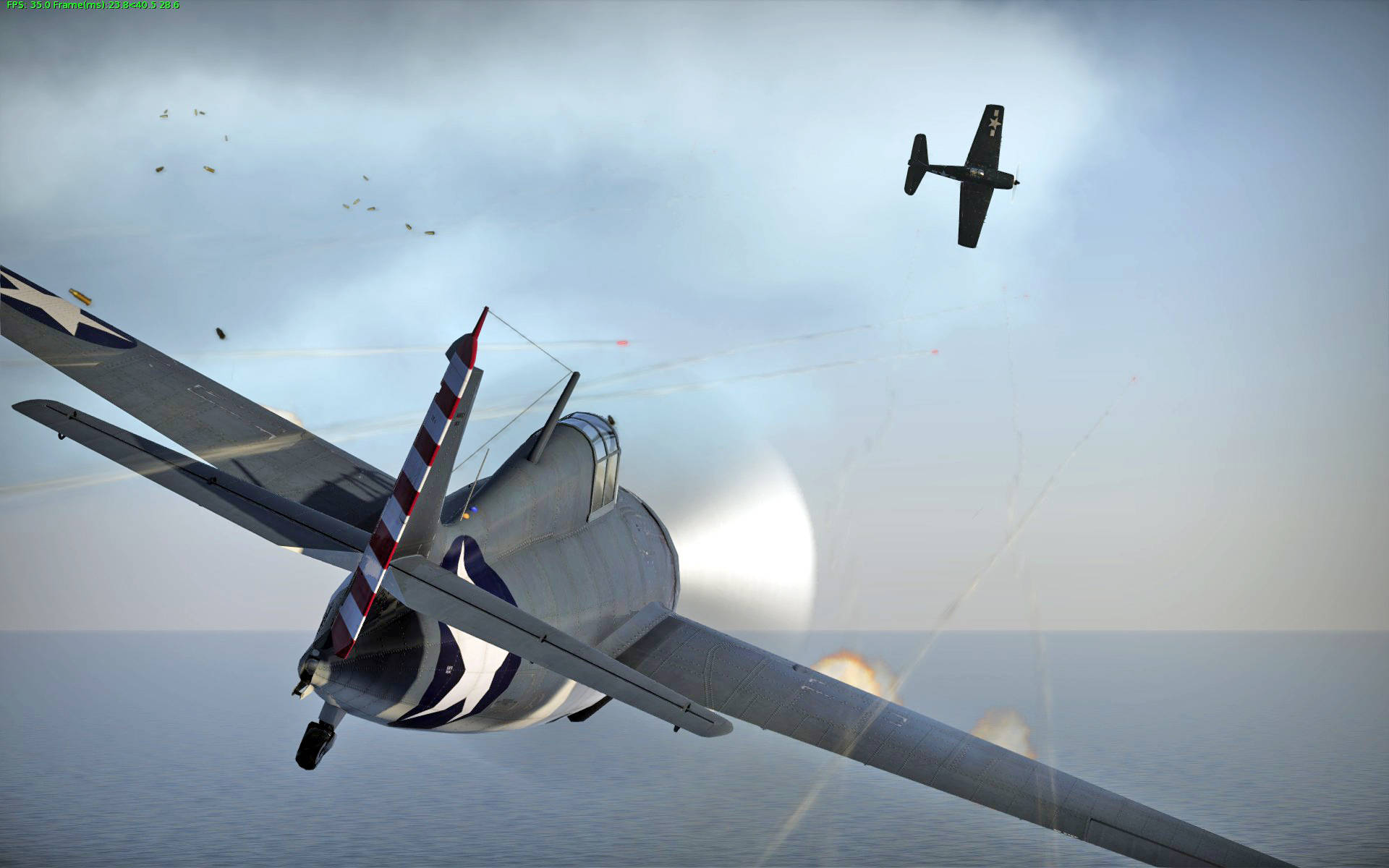
However, close-range fighting with infrared guided missiles and aircraft cannons still obeys the same general rules laid down in the skies over Europe in the early 20th century. New and additional types of manoeuvres have emerged, intending to break radar lock by minimizing the Doppler signature of one's own aircraft ("keeping the enemy at 3 or 9 o'clock"), or to exhaust the kinetic energy of an incoming missile (by changing the aircraft's course from side to side, the missile, not flying directly at target but trying to forestall it, will make sharper turns and will eventually have to fly a longer path). Today's air combat is much more complicated than that of older times, as air-to-air missiles, radar, and automatic cannons capable of high rates of fire are used on nearly all modern fighter aircraft. Most of these rules are still as valuable today as they were a century ago. He advised pilots to attack from the direction of the sun (toward which the defending pilot could not see), or to fly at a higher altitude than the opponent. Oswald Boelcke, a German fighter ace during World War I, was the first to publish the basic rules for aerial combat manoeuvring in 1916, known as the Dicta Boelcke. This type of combat became known as dogfighting.
#Acm air combat maneuvers plus#
Pilots soon learned to achieve a firing position (while avoiding the threat of enemy guns) by manoeuvring themselves behind an enemy aircraft this is known as getting onto an aircraft's "six o'clock" or onto their "tail", plus a wide variety of other terms, usually coined by air crew. A flying man may be able to loop and do all the stunts imaginable and yet he may not succeed in shooting down a single enemy." One of the greatest of these "ace pilots" of World War I, Manfred von Richthofen (the Red Baron), wrote in his book The Red Fighter Pilot, "The great thing in air fighting is that the decisive factor does not lie in trick flying but solely in the personal ability and energy of the aviator.

As technology rapidly advanced, new and young aviators began defining the realm of air-to-air combat, such as Max Immelmann, Oswald Boelcke, and Lanoe Hawker. Anthony Fokker inspected the plane's wreckage and learned to improve the design by connecting the firing mechanism of the gun to the timing of the engine, thus allowing the gun to fire through the propeller without making contact with the propeller. He achieved three kills but was shot down by ground fire and landed behind German lines. Roland Garros, working with Morane Saulnier Aéroplanes, was the first to solve this problem by attaching steel deflector wedges to the propeller.

įixed, forward-firing guns were found to be the most effective armament for a majority of World War I era fighter planes, but it was nearly impossible to fire them through the spinning propeller of one's own aircraft without destroying one's own plane.

The need to stop reconnaissance that was being conducted by enemy aircraft rapidly led to the development of fighter planes, a class of aircraft designed specifically to destroy other aircraft.

The pilot, Feldwebel Wilhelm Schlichting, was shot with a carbine wielded by observer Louis Quenault, who was riding in a Voisin Type 3 piloted by French Sergeant Joseph Frantz. The first recorded aircraft to be shot down by another aircraft, which occurred on October 5, 1914, was a German Aviatik. Early aerial combat consisted of aviators shooting at one another with hand-held weapons. Military aviation appeared in World War I when aircraft were initially used to spot enemy troop concentrations, field gun positions and movements.


 0 kommentar(er)
0 kommentar(er)
